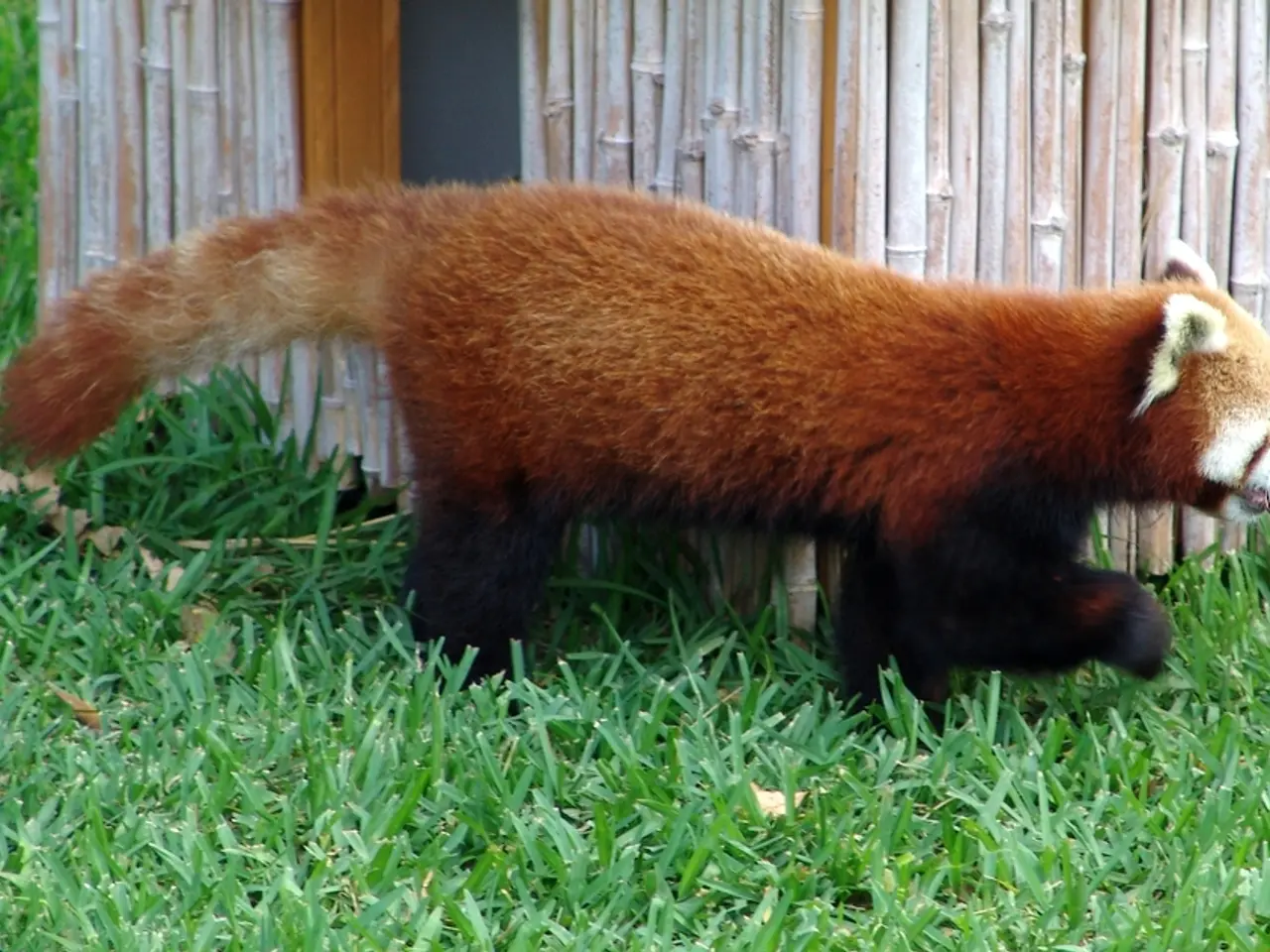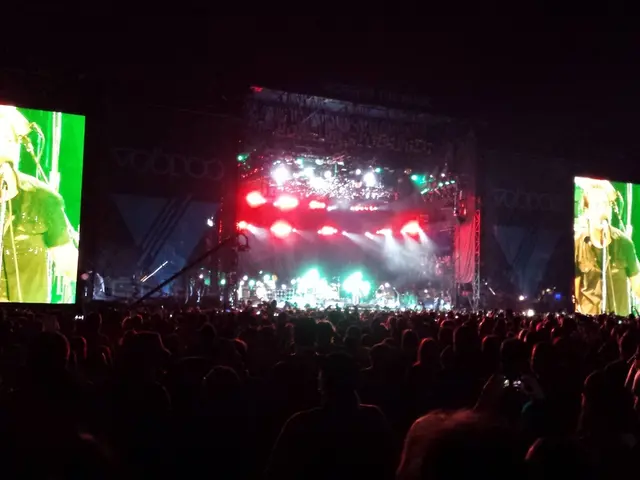Adorable young panda residing at Karlsruhe Zoo.
In a significant development for the conservation of the endangered Red Panda species, the Karlsruhe Zoo in Germany has reportedly successfully bred Red Pandas for the second time. Although specific details about the second successful birth have yet to be confirmed, this achievement is a testament to the zoo's ongoing commitment to the species' survival.
Native to the eastern Himalayas and southwestern China, Red Pandas, also known as Lesser Pandas, Firefoxes, or Catbears, are a distinct species from Giant Pandas. Listed as 'endangered' by the International Union for Conservation of Nature (IUCN), Red Pandas are threatened by habitat destruction and illegal poaching in their natural habitats.
The successful breeding of Red Pandas in captivity, such as at the Karlsruhe Zoo, is a significant achievement for conservation. Zoos participating in coordinated ex-situ conservation programs, like the European Endangered Species Program (EEP) of the EAZA - the European Association of Zoos and Aquaria, focus on maintaining a genetically diverse captive population. These institutions report births as milestones in these efforts.
The Karlsruhe Zoo's Red Panda breeding program is part of a broader effort to conserve the species. The zoo's participation in the EEP is an important contribution to the long-term protection of the endangered Red Panda species. The zoo's Red Panda population is housed in enclosures designed to mimic the species' natural habitat, with careful attention paid to habitat enrichment, health monitoring, and genetic diversity.
In the Karlsruhe Zoo, the Red Panda cubs are currently being cared for by their mother, Akuti, in a protected cave. The male Red Panda, Terai, is housed in an adjacent enclosure. The first few weeks of life for Red Panda cubs are particularly delicate, and the zoo's dedicated team of keepers is ensuring that Akuti and her cubs receive the best possible care.
Conservation efforts for the Red Panda also involve international collaboration to protect the species from threats like habitat destruction and illegal poaching. The One-Plan-Approach, a holistic approach that includes all conservation measures, is employed in these efforts. This approach includes targeted breeding in zoological facilities for future reintroduction, as well as the implementation of conservation measures in the species' native habitats.
The successful rearing of Red Panda cubs in the Karlsruhe Zoo offers hope for the species. The zoo's second successful breeding of Red Pandas would contribute positively to the captive population, aiding species survival plans and providing opportunities for research, education, and potential reintroduction projects. For the most accurate and up-to-date information, checking Karlsruhe Zoo's official communications or specialized Red Panda conservation platforms would be recommended.
In the context of ongoing conservation efforts and the commitment of institutions like the Karlsruhe Zoo, it's essential to focus on improving the lifestyle of Red Pandas, especially within home-and-garden-like enclosures designed to mimic their natural habitat. The birth of Red Panda cubs in such environments is a significant step towards preserving the species, offering a chance for research, education, and even potential reintroduction projects.




